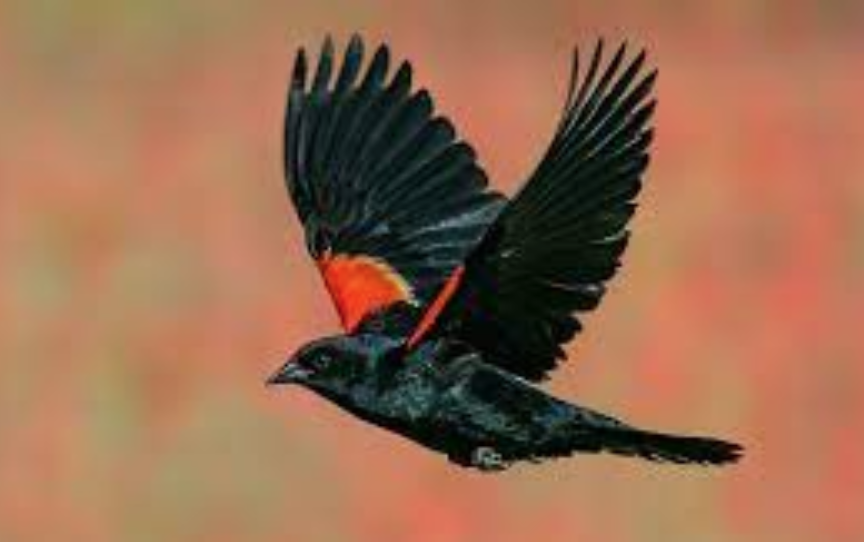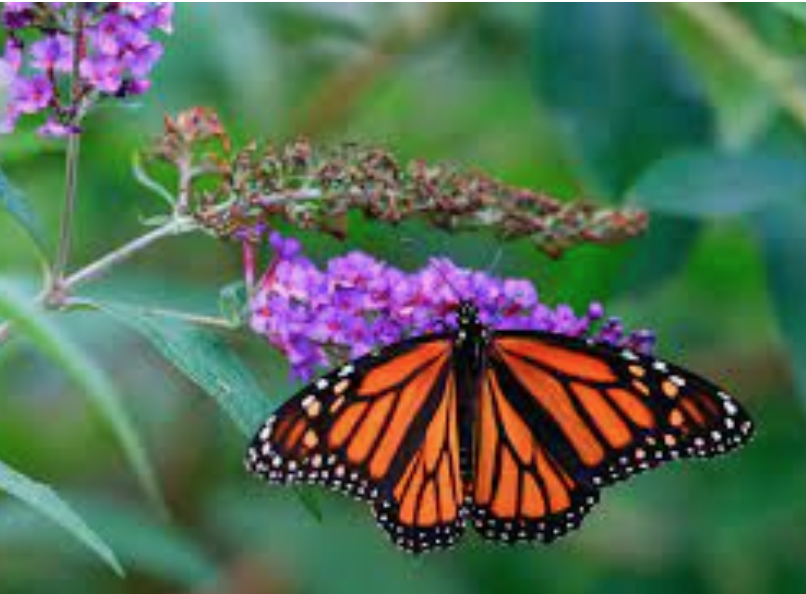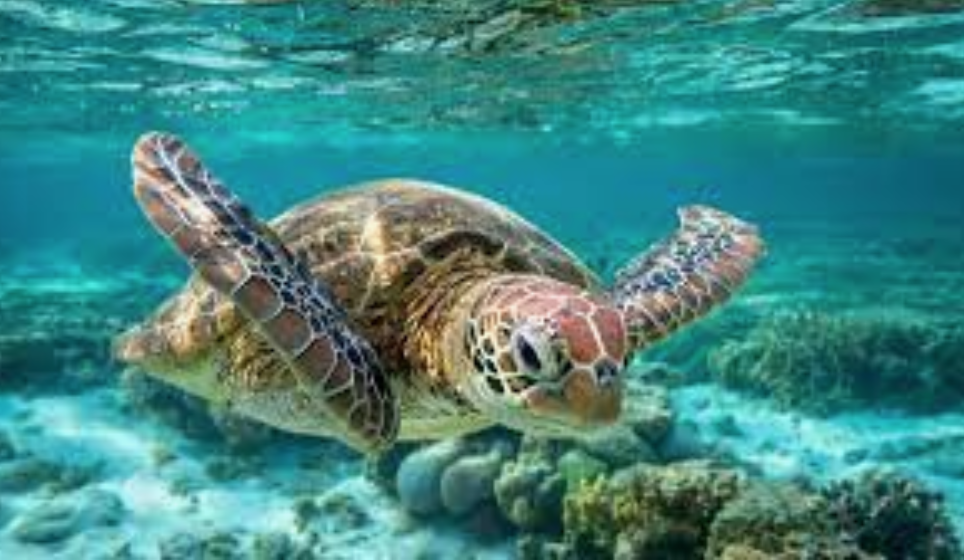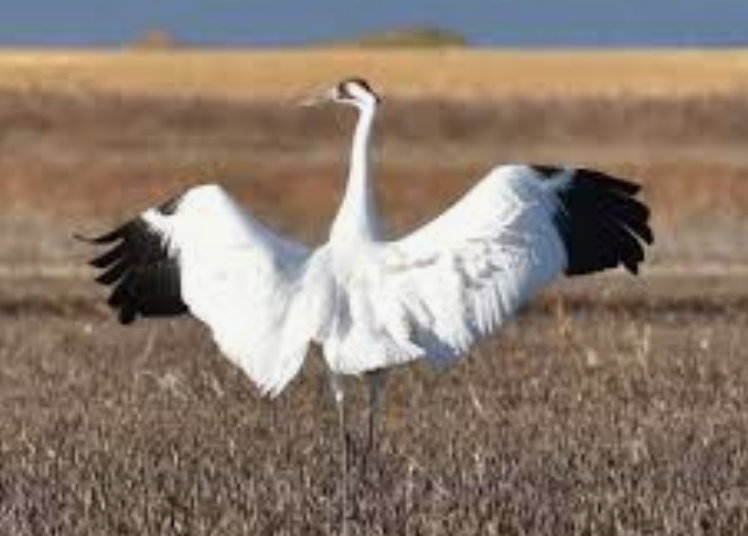The Mystery Beauty and Magic of Migrating Wildlife

There is More Good News in the World than Bad
Marrisa was out for her morning walk. As she was turning down the path towards the lake, she heard two sharp chirps and sensed there was something hovering over her head.
She was right. A few seconds later a bird swooped down, pecked her on the head, then quickly flew away. It was a red winged blackbird protecting some eggs in a nest in a nearby tree.

Marissa was startled and immediately jumped, then threw out her hands in the direction of the retreating bird yelling, “Get out of here! Get out of here!”
She quickly regained her composure, then recalled the same thing had happened to her almost a year ago to the day at the same spot from a nest in the same tree. Furthermore, she realized there were signs posted nearby warning walkers to be aware of dive-bombing birds. She told herself she should have been more attentive.
How and why does this bird know to come back every year to the same tree? she wondered.

She knew the sockeye salmon returned to their home area to spawn and monarch butterflies find their way from Southern Ontario to Mexico and back. The how and why of migrating wildlife consumed her thoughts for the rest of her walk.
When she returned home, she turned on her computer and searched for “migrating wildlife.”
She found out within minutes there are a whole range of wildlife who migrate, often for food or to reproduce. However, the reasons are still a mystery.
This practice of returning home is called natal honing or philopatry. Scientists believe this behaviour is part of their genetic survival instinct which has evolved over thousands of years. They have developed geomagnetic imprinting capabilities and olfactory clues. These features tell them where and when to go and provides them with a feeling of safety and stability.
There are hundreds of different species of birds who migrate, including many shorebirds, swallows, Atlantic puffins, pigeons and geese. Over 390 different bird species migrate through Point Pelee in Southern Ontario every year.
Most fly the same route year after year. In Eastern Canada, they typically fly thousands of kilometers between southern Canada and South and Central America and the Southern U.S. From the west they migrate to and from Southern California. She found out red wing blackbirds come over 800 miles.

In the 1890s, migrating passenger pigeons were so common they blackened the sky. That is, until humans shot them into extinction “for fun.”
There are many fish species who swim long distances to spawn including, salmon, tuna, and some crustaceans (crabs) who amazingly might travel as much as 150 miles in order to give birth. Mammals such as whales and porpoises also swim long distances to spawn. Many hoofed animals migrate long distances, especially the wildebeest in East Africa, and the caribou who travel over 2000 miles in the tundra.
Some people will argue dogs and cats have this instinct as there are many stories of dogs and cats finding their way home after several years away. However, stats show only 15% of dogs and 2% of cats without microchips find their way home.
Perhaps the best known and mysterious of the migrating species of all are monarch butterflies. The monarch is named after King William III who was also the Prince of Orange.*
Monarchs fly in large flocks, leaving the north in the Fall, ending up primarily in Florida, Mexico or Central America, whereas the western monarch goes to Southern California.

The ones who make it to the south, according to scientists, are not the ones who leave the north or come back to the north. The first three generations only live several weeks. It is the 4th generation who make it to the south. The 4th generation lives 6 -8weeks, breeds and, if still living, fly back. Otherwise, it is their offspring who arrive back.
Not every monarch family makes it back and the exact process is still unclear. It is known they can fly at 9km/hr. and may travel up to 80km/day.
Sea turtles are also fascinating. Weeks after they are hatched the young turtles crawl into the ocean. Males rarely leave the water, but females do from ages 10-50, to lay up to 100 eggs, repeating every 3-4 years. This is after traveling 10,000-20,000 miles back to the beach on which they were born. It is thought they use currents, the earth’s magnetic field and water chemistry to find their way.

Humans are likely the biggest threat to wildlife migration, sometimes because of human creations such as hydro poles, cell towers, cars, ships, pollution and land loss. Weather and climate change are also huge threats.
Of late, however, humans have become more aware of the magic, beauty and importance of wildlife in the world. Over time conservation groups have sprung up, providing awareness, research, and scientific interventions, pushing for wildlife protection.
Governments have created rules and laws and individuals through such things as blacking out windows at night during bird migration, learning through birding groups, providing food in bird feeders and growing milkweed for the monarchs have all helped.
Possibly the best known and dramatic migration conservation initiative is the saving of the whooping crane.

In the 1940s there were only 21 whooping cranes in existence. Through unique conservation programmes involving many partners over many years, the population has grown back to approximately 800. (There were in excess of 10,000 before European settlement).
Every year these beautiful and majestic birds – some as tall as 5 ft with a 6-7 ft wingspan, weighing up to 18 pounds and living as long as 40 years – spend 45 days migrating from the Gulf Coast to Wood Buffalo Park in northern Canada 4,000 km away.
All of this information opened Marissa’s eyes. She was now appreciative that the bird she had unknowingly disturbed had migrated some 800 miles back to Southern Ontario to breed was doing what every parent of every species does: Protect their children. She was also thankful the bird that had pecked her, telling her to go away, was not a 5-foot whooping crane. She vowed that next year she would walk far away from the tree in which the red wing blackbird had built a nest and forever respect and revere all migrating wildlife.
Till next time,
Chris Snyder
* For history buffs, William III died in 1702. William IV died in 1837, allowing Queen Victoria to come to the throne. William V will be the next King of England.
The Good News of a Smile
You May Also Like

Getting Along and the Golden Rule
July 31, 2022
Cambodia!
January 13, 2019